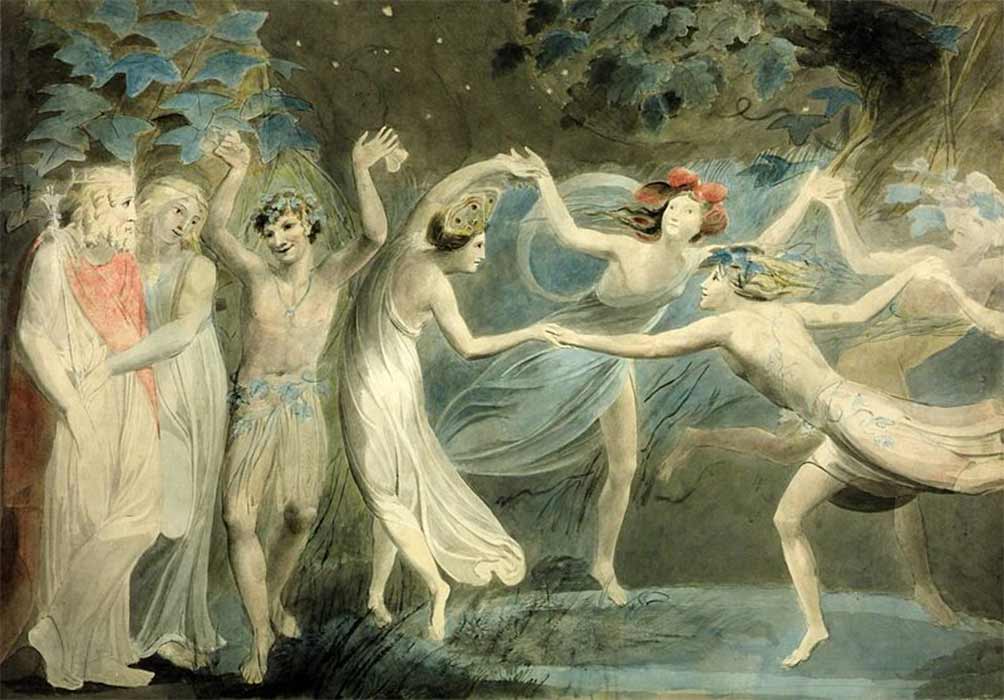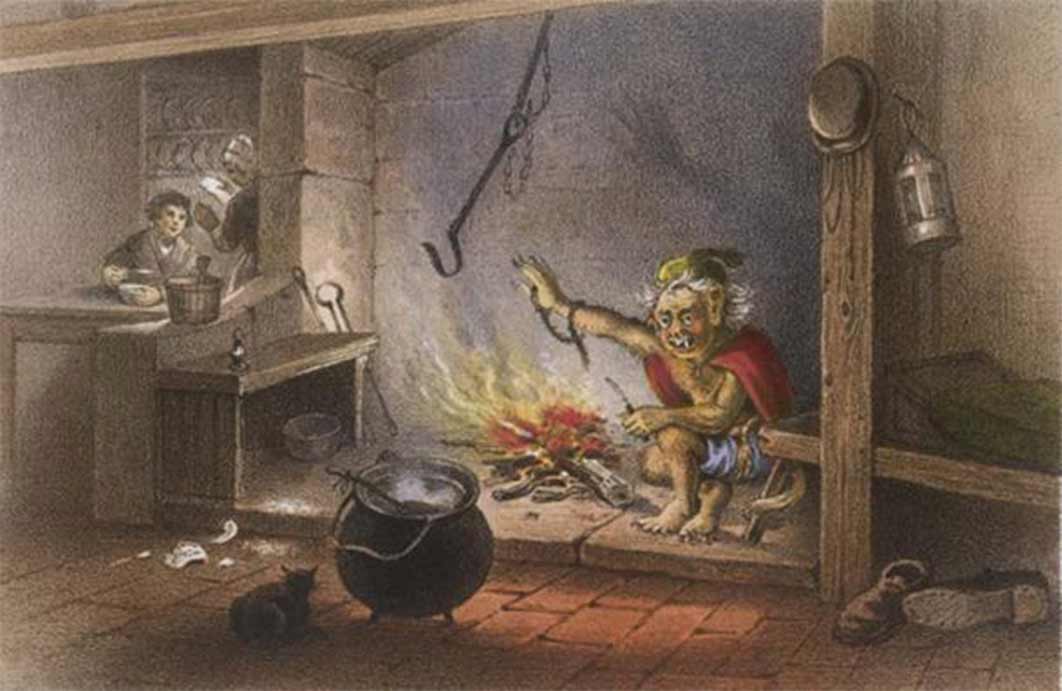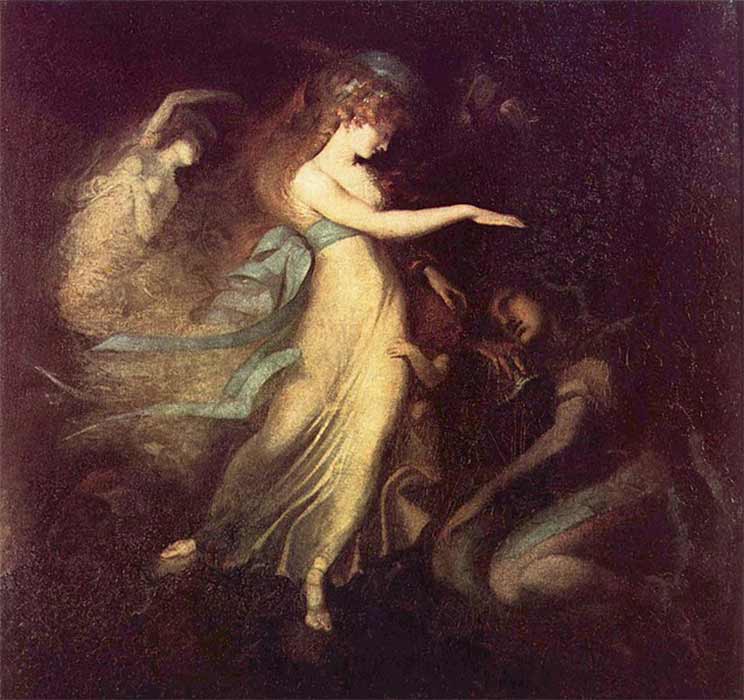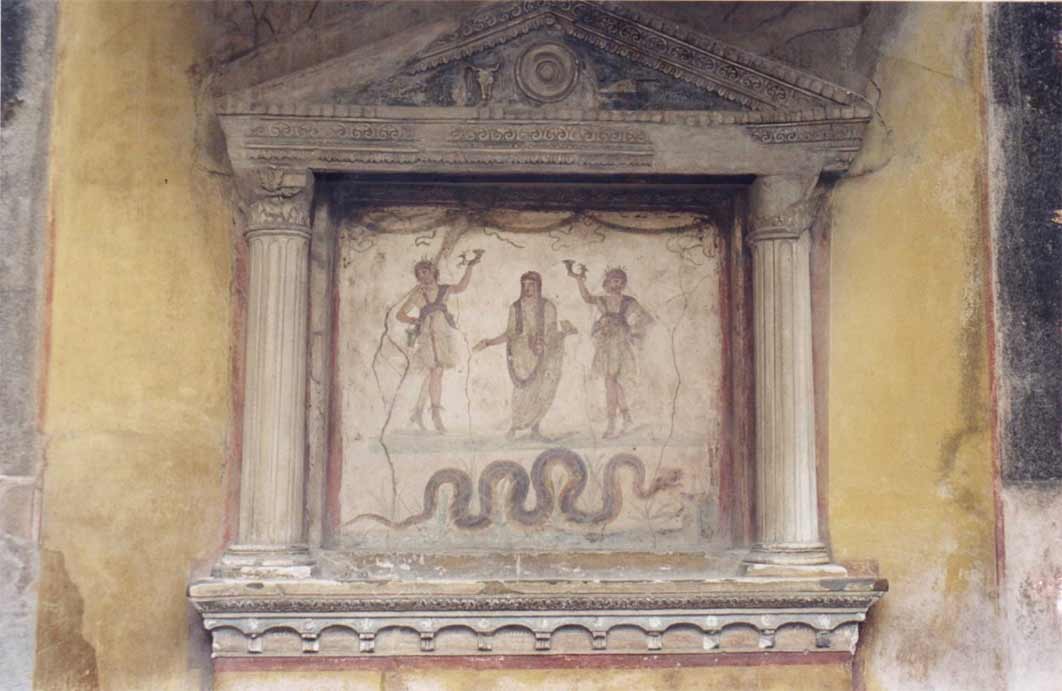
Taking The Fall For Humankind: Psycho-Secrets Of The Celtic Pookas
It is generally accepted that Fairies were mythological creatures from old European folklore, and that according to fairy folklorists the so-called wee-folk prefer natural sweetened foods like honey, plain milk, sweet butter, scones with jam and honey cakes. However, what is more obscure is that buried within the timeworn stories of a certain scruffy little fairy called the Brownie, or Pooka, hides a trait that resides within every human, right now.

Family brownie of Northern England. (1866) ( Archivist /Adobe Stock )
All across Celtic Scotland, Ireland, Wales and Brittany, and to a certain extent England, pre-Christian peoples believed that eating or drinking with a resident of the fairies’ land (Sidhe) would render one unable to escape the fairy realm. However, if one were offered fairy foods and drinks in this world, and decided not to eat them, it could enrage the fairies, and nobody wanted that, for chaos would prevail. According to a source, refusing to eat fairy food in this world could have ‘potentially fatal consequences… and the mildest response may be that the fairies exact an indirect revenge.’ Standing testimony, one particular Scottish myth tells of a ploughman who was thirsty, and all of a sudden heard a metal butter churn offer him a drink of cool, fresh milk. When he succumbed to the temptation a beautiful maiden appeared, dressed all in green, who offered the farmer fresh buttermilk. The shrewd farmer had heard all about this spectral female and he suspected she was the Fairy Queen, the mistress of seduction, and he refused the milk. In classic fairy lore tradition the farmer died within 12 months of the interaction. And in another version of this tale, a second farmer who drank the milk was rewarded his wish, to never drown.

Prince Arthur and the Fairy Queen, by Johann Heinrich Füssli (1788) Kunstmuseum Bazel (Public Domain)
The Celtic Brownie High King Of Chaos, And Order
In ancient Roman religion and mythology, which was one and the same, the Lares were helpful deities considered as guardians of fire hearths, boundaries, fields and harvests. Observing the meals and defending the family against contaminated foodstuffs, clay and wooden statues of Lares were placed on tables during family meals. Functionally similar to the Lares of ancient Roman traditions, the Brùnaidh or Gruagach (Brownie) of pre-Christian Pagan Scottish and Irish cultures that was said to come out at night to perform various useful chores, like cumbersome farm work.

Roman Lararium, or household shrine to the Lares, from the House of the Vettii in Pompeii. Brownies bear many similarities to the Roman Lares (CC BY-SA 2.5)
The scruffy, and generally skinny, Brownie expected the human owners of any given household to leave bowls of milk or cream at their firesides for his consumption. Being of an exceptionally sensitive nature, if the food was not set out, the otherwise helpful spirits could vanish forever, and if they were really offended, they would stay in the house and cause chaos. Writer Katharine Mary Briggs’ 1967 book ‘The Fairies in Tradition and Literature,’ reports this Brownie tradition goes all the way back to ‘the family cult of deceased ancestors in ancient times that was centered around the hearth, which later became the place where offerings would be left for the brownie.’ Hearths were considered liminal spaces within homes, where fairies were able to enter, or cross over from their realm, and the later Christian tradition of leaving biscuits and milk out for Santa is linked directly from Celtic Brownie rituals.




